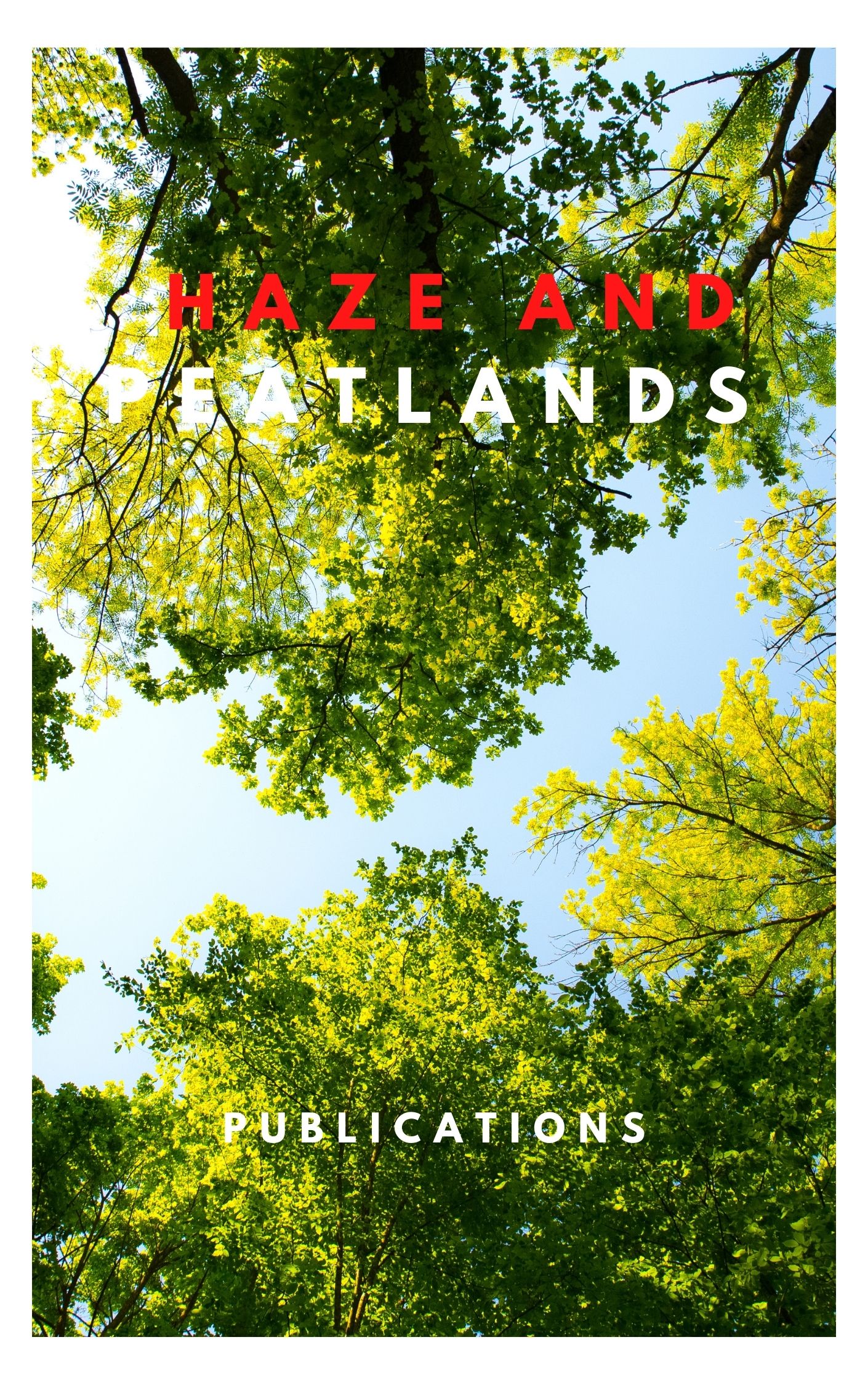In northern Laos, rapid population growth and government policies to reduce the area under slash-and-burn systems have resulted in increased cropping intensity, which has increased weed pressure and reduced yields of upland rice. Promising alternative cropping systems include the use of weed-suppressing and multi-purpose legumes as short-term fallow crops. In this study, Stylosanthes guianensis (stylo), a promising fodder species, was seeded into upland rice at different times to identify the appropriate time of seeding. The objective is to optimize the establishment and survival of stylo during the rice growing season, and achieve high stylo biomass accumulation during fallow period, while minimizing competition with the upland rice crop during stylo establishment period. Seeding times ranged from 0 day (seeded with rice) to 83 days after rice sowing (DARS) in two experiments. In experiment 1, stylo was grown as a one-year fallow crop while in experiment 2 stylo was grown as a dry season fallow crop. The effect of stylo fallows on the subsequent rice yield, weed biomass and soil nitrogen (N) and phosphate (P) availability was evaluated in comparison with a natural weedy fallow (control). In experiment 2, the effect of burning and mulching fallow residues prior to the rice crop was also evaluated. Rice yields were reduced by an average of 55% when stylo was seeded at the same time as rice (0 DARS). When stylo was seeded later than 15 DARS, no competition effect on the accompanied rice growth was observed. Delaying stylo seeding substantially decreased total stylo and weed biomass at the end of fallow period. Following a stylo fallow, rice yields were up to 0.6 t/ha higher and weed biomass was up to 60% less compared to the natural fallow (control). Furthermore, soil available N content was higher following stylo fallows. In experiment 2, the rice yields were similar when fallow residues were burned or mulched but weed biomass tended to be lower when the residues were burned. In conclusion, either pruning stylo after seeding it at the time of rice sowing or seeding stylo 15 days after rice sowing minimizes competition with upland rice while optimizing establishment and biomass accumulation of stylo during fallow period. While relay-seeding stylo appears to improve rice productivity in the short-term, the long-term sustainability of the system needs further evaluation. (c) 2005 Elsevier B.V. All rights reserved.
View source

